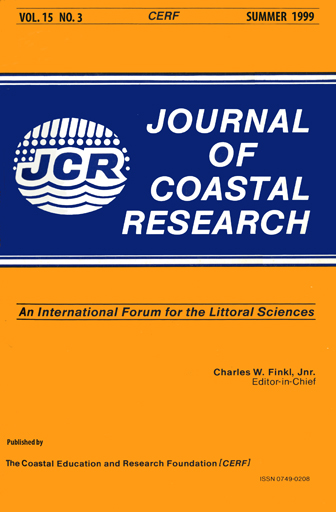Reef Framework Preservation in Four Contrasting Modern Reef Environments, Discovery Bay, Jamaica
Keywords:
Coral reef, early diagenesis, reef accretion, environmental disturbance.Abstract
Early constructive (encrustation, cementation) and destructive (physical disturbance, micro- and macroboring, grazing) diagenetic processes exert a major influence on coral reef framework preservation. Assessment of surface and subsurface coral framework samples collected from sites across a range of water depths and environments at Discovery Bay, north Jamaica reveal marked variations in terms of, 1) styles of framework preservation, and 2) the ratio of in situ framework: rubble: sediment. Back-reef sites are characterised by limited framework development and extensive framework alteration. Grazing and boring (both micro- and macro) result in rapid diminution/dissolution of framework carbonate, whilst constructive processes (encrustation and cementation) are of limited importance. In-situ framework preservation is restricted (< 5%), and the majority of the preserved substrate comprises sediment (~60%) and coral rubble (~35%). Rates of vertical reef accretion are predicted to be low. Deep fore-reef sites are also characterised by poor framework preservation, with limited in-situ coral preservation (~20%). Sponge boring, in particular, causes significant degradation of in-situ framework and, combined with reduced coral growth rates, results in low potential rates of vertical reef accretion.
In contrast, high accretion rates are predicted at shallow fore-reef and fore-reef terrace sites where a combination of active constructive processes (cementation and encrustation) and physical disturbance promote rapid framework accumulation. Physical damage causes extensive breakage of coral colonies (especially fast-growing branched species), but such rubble is rapidly encrusted, cemented and retained "in-site", comprising 40-50% of the accumulating reef structure. In addition, in-situ coral preservation (especially of species such as M. annularis) is high (~50%). The study illustrates the framework diagenetic gradients that exist across even relatively narrow shelf reef systems. This has implications not only for interpreting spatial variations in rates and styles of framework development, but is also relevant for predicting the response of reef systems to future environmental disturbance.

